Jarrod McNaughton is nothing if not pragmatic. There’s no other way to run a health plan in Southern California that serves 1.5 million people — especially when nearly 95% of its members depend on Medi-Cal, a program about to face its greatest upheaval in memory.
So when McNaughton describes health care infrastructure in the United States as “a Jenga puzzle,” he’s not being glib. “When you start removing those pieces,” McNaughton said this week, “you will start to see a collapse of the system. There is no way to make up for it.”
It’s happening now.
For the last six years, McNaughton has been the CEO of the Inland Empire Health Plan, created almost three decades ago as a joint powers agency by San Bernardino and Riverside counties. Those counties comprise more than 27,000 square miles, an area larger than 10 individual states, including West Virginia. Despite partnering with more than 8,000 health providers — hospitals, clinics, behavioral care specialists and others — McNaughton says the counties generally rank among the lowest in California in their ratio of primary care providers to the population.
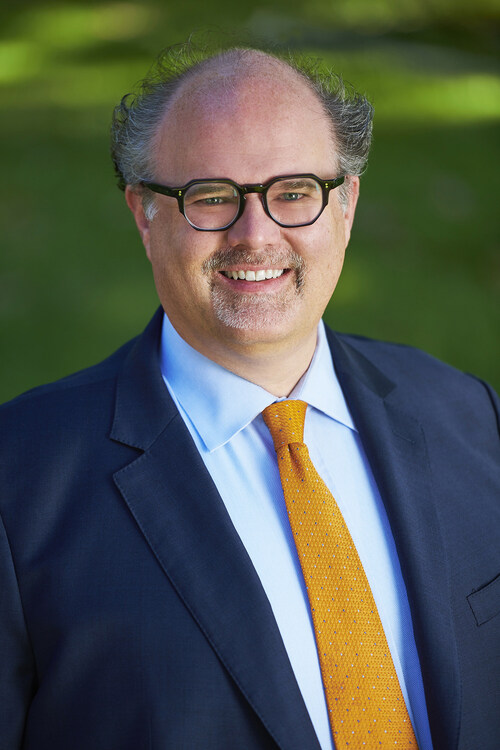
Jarrod McNaughton.
The nonprofit plan and its partners, especially the 35 or so hospitals included in the mix, always have to work hard to survive financially, McNaughton says. But unless there’s a change of direction in Washington, D.C., in the next legislative session or two, they’re poised to experience a squeeze like never before.
In a frank interview, McNaughton laid out the mechanics of just one of many plans offered throughout California. But the challenges confronting the Inland Empire Health Plan and the communities it serves can certainly stand in for the health care situation facing many parts of the state. And as in so many other corners of California, the numbers point to one conclusion: Critical services are nearing a breaking point, and some of them, including emergency services in many areas, won’t be able to handle the strain that’s about to be put on them.
“We all use one door for the emergency room,” McNaughton says. “It doesn’t matter who your payer is, whether it’s Medicare or Medi-Cal or a commercial plan. If that door is no longer there, it doesn’t just impact Medi-Cal patients — it impacts the entire community that that hospital or provider serves.”
* * *
The Inland Empire Health Plan, commonly known to its members as IEHP, is about to take a massive hit. McNaughton says the plan is forecasting the loss of 300,000 members over the next couple of years — half of that, an estimated 150,000, due to the state’s freeze on extending Medi-Cal benefits to undocumented residents, a response by Gov. Gavin Newsom to a state budget crunch and the impending gutting of Medicaid funding at the federal level.
Those with “unsatisfactory immigration status,” as the term is used, make up about 10% of the plan’s membership, a relatively low percentage among the 17 local, not-for-profit publicly governed plans throughout the state, where undocumented residents make up to 40% of the membership in some of them. But 10% of 1.5 million adds up.
Beginning in January 2026, no new undocumented adults will be eligible to enroll in Medi-Cal, which will initiate membership losses — but that’s only part of the math. Those undocumented immigrants who are already in the plan will face a new required monthly premium of $30. That may sound like a trifling amount of money, but for an individual or family earning so little as to qualify for Medi-Cal, such as most of those the IEHP serves, it is a genuine barrier.
“Our estimate is that for people who are grandfathered in, you’re likely going to see those who are pretty ill say, ‘Hey, I’m happy to pay the 30 bucks, because that’s still a good deal,’” McNaughton says. “Folks who are relatively healthy are going to come off the plan — they’re not going to pay that.”
The result: Sicker folks remain in the system. That precipitates a change in the “risk pool,” meaning the providers will more often treat serious illness that requires more extensive care — and despite recent increases, Medi-Cal reimbursement rates generally don’t come close to covering the cost of provider services, experts say.
Another 150,000 IEHP members will be lost through a variety of avenues, including new work requirements attached to federal Medicaid reimbursements. On top of that, those who came onto Medi-Cal after passage of the Affordable Care Act now have to prove they still qualify for the program every six months. That process, which formerly occurred once a year, affects 450,000 of IEHP’s members.
McNaughton noted that these figures are estimates, gleaned from studies of what happened in other states that attached their own work requirement to their Medicaid benefits, along with the every-six-months reupping of eligibility. McNaughton and other IEHP executives used those cases to determine how many people will struggle to keep up with the paperwork requirements, won’t realize they have to do it every six months, fail to deliver their documentation on time or fail to qualify.
* * *
That places a strain on the emergency departments of hospitals, especially — but again, it is only one more Jenga puzzle piece. Congress’ budget reconciliation bill slashes the extra funding that helps hospitals and clinics cover the gap between what Medi-Cal pays and the full cost of that care, while also limiting states’ ability to raise provider taxes — another lifeline for those facilities.
“Most providers and hospitals are just barely making enough,” says McNaughton, who previously ran a hospital and health system in Ohio. “There is no other mechanism to make up for literally hundreds and hundreds of millions of dollars that flows through us to providers through state directed payments and provider taxes.”
Those changes don’t begin until 2027 at the earliest. In the meantime, McNaughton says the Inland Empire Health Plan is pulling data that it can present to its California congressional delegation. The idea, he says, is to make sure “they understand that we’re not talking about theoretical percentages here.”
As for the estimated 300,000 who leave the plan, very few will likely pick new insurance via Covered California, the state-run health care marketplace, since the Trump administration is ending the federal tax credits that made most of those plan choices affordable; premiums are expected to rise by 75%. Covered California has estimated that it will lose about 30% of its membership, 660,000 Californians overall. (Roughly 55,000 of IEHP’s members signed up through Covered California.)
The upshot is that in San Bernardino and Riverside counties, and most everywhere else in the state, more people will simply go without health coverage. They’ll wait until they are deeply ill before seeking help, and they’ll go to their nearby emergency room, where they can’t be denied care even if they have no ability to pay. That will further strain the system, McNaughton says. Already, rural hospitals in the state are closing certain services in an effort to stay afloat.
“No matter what our membership is, we’re going to be there for them,” McNaughton says. “But my hope is that cooler heads will prevail over time, perhaps starting with the next legislative session … I don’t know what [lawmakers] thought or expected was going to happen to people, but they are going to opt out and just say, ‘I can’t afford this anymore.’”
Copyright 2025 Capital & Main


 Latest NewsDecember 10, 2025
Latest NewsDecember 10, 2025
 StrandedDecember 9, 2025
StrandedDecember 9, 2025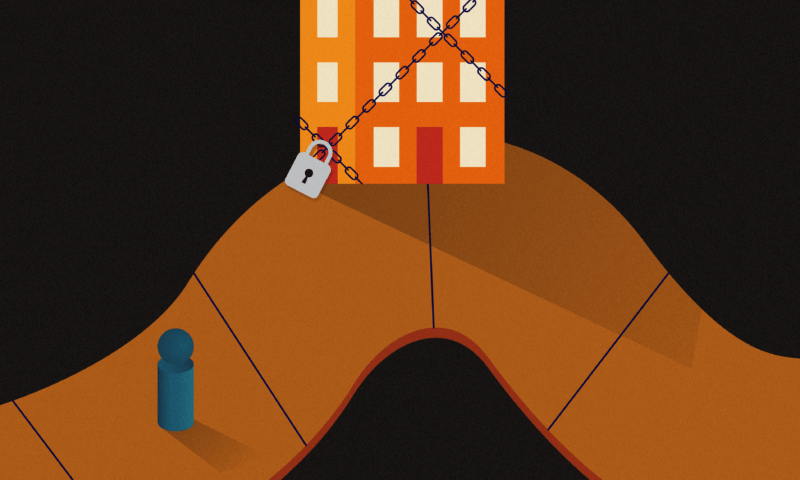
 Locked OutDecember 16, 2025
Locked OutDecember 16, 2025
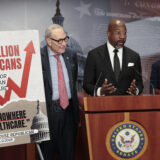 Column - California UncoveredDecember 12, 2025
Column - California UncoveredDecember 12, 2025
 The SlickDecember 19, 2025
The SlickDecember 19, 2025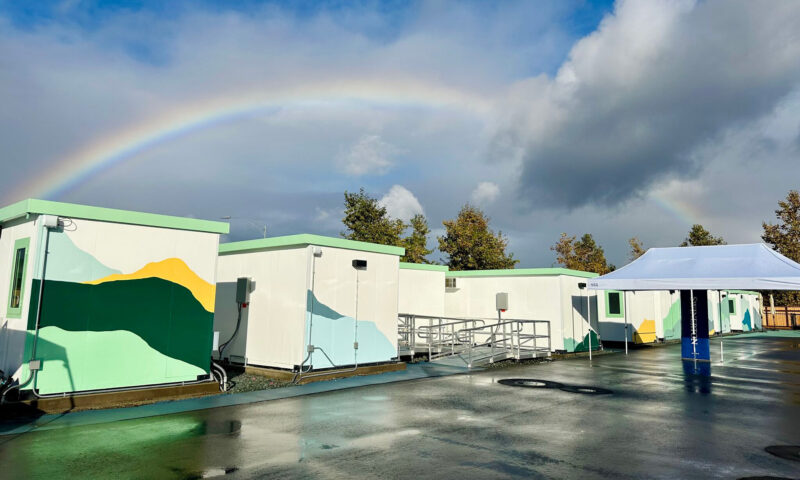
 Column - State of InequalityDecember 11, 2025
Column - State of InequalityDecember 11, 2025
 Locked OutDecember 23, 2025
Locked OutDecember 23, 2025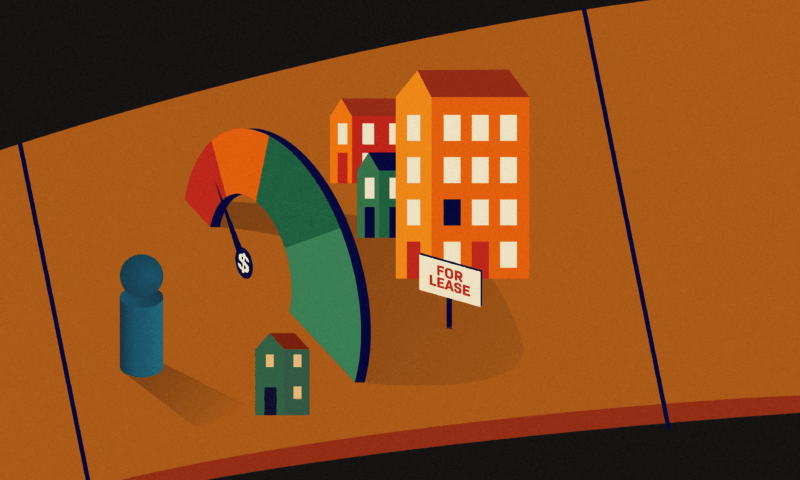
 Locked OutDecember 17, 2025
Locked OutDecember 17, 2025


